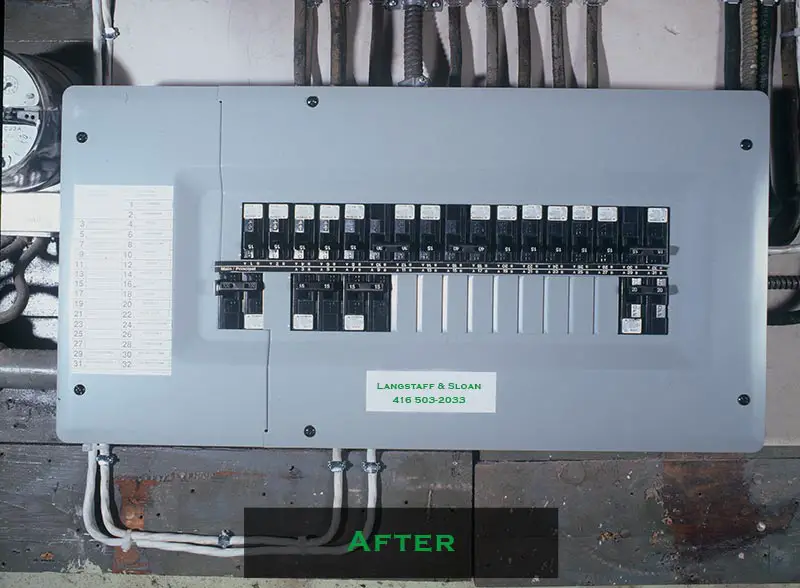If you're considering electrical panel installation for your home, you're making a smart choice that can enhance safety and efficiency. Your electrical panel, also known as a distribution board or breaker box, is the heart of your electrical system. It's responsible for distributing power to various circuits in your home, so ensuring its proper installation is crucial. In this article, we'll explore the key aspects of electrical panel installation, step by step, to help you make informed decisions for your home.
Understanding the Electrical Panel
Before diving into the installation process, it's important to understand the role of an electrical panel. This device receives electricity from your utility company and divides it into separate circuits that power various areas of your home. Over time, the demands on your electrical system can increase due to new appliances, gadgets, and technology, necessitating an upgrade.
Signs You Need a Panel Upgrade
Several signs indicate the need for an electrical panel upgrade. These include frequent tripped breakers, flickering lights, and outlets that feel warm to the touch. If your current panel is outdated and can't meet your energy needs, it's time to consider an upgrade.
Preparing for Installation
Before the installation, you need to plan and prepare. Make a list of all the appliances, devices, and areas you want to power to determine your electrical requirements. This will help the electrician choose an appropriately sized panel.
Hiring a Professional Electrician
Electrical panel installation is a complex task that should be left to professionals. A licensed electrician will ensure that the panel is installed correctly and complies with safety codes. Hiring a professional also minimizes the risk of electrical hazards and fire.
Steps for Electrical Panel Installation
6.1 Turning Off Power
Safety is paramount. The electrician will turn off the power to prevent accidents during the installation process.
6.2 Removing the Old Panel
The old panel will be carefully removed, disconnecting all wires and circuits.
6.3 Mounting the New Panel
The new panel is mounted securely in a location that allows easy access for future maintenance.
6.4 Wiring and Connections
Wires are carefully connected to their respective circuits in the new panel, ensuring accuracy and avoiding overloads.
6.5 Final Inspections
The electrician conducts thorough checks to ensure all connections are secure and the panel is functioning correctly.
Upgrading to a Smart Panel
Consider upgrading to a smart panel that offers remote monitoring and control of your electrical system. This adds convenience and enhances energy efficiency.
Ensuring Safety Measures
Proper grounding and the installation of safety devices like surge protectors are essential to prevent electrical accidents.
Benefits of a New Electrical Panel
A new panel can accommodate increased electrical demands, reduces the risk of electrical issues, and enhances the overall value of your property.
Maintenance Tips
Regular inspections and maintenance by a professional will prolong the life of your electrical panel and prevent potential problems.
Conclusion
Incorporating an upgraded electrical panel into your home is a wise investment. It ensures your electrical system can meet modern demands safely and efficiently. Remember, safety should always be a priority, and for this reason, hiring a professional electrician for the installation process is highly recommended.





